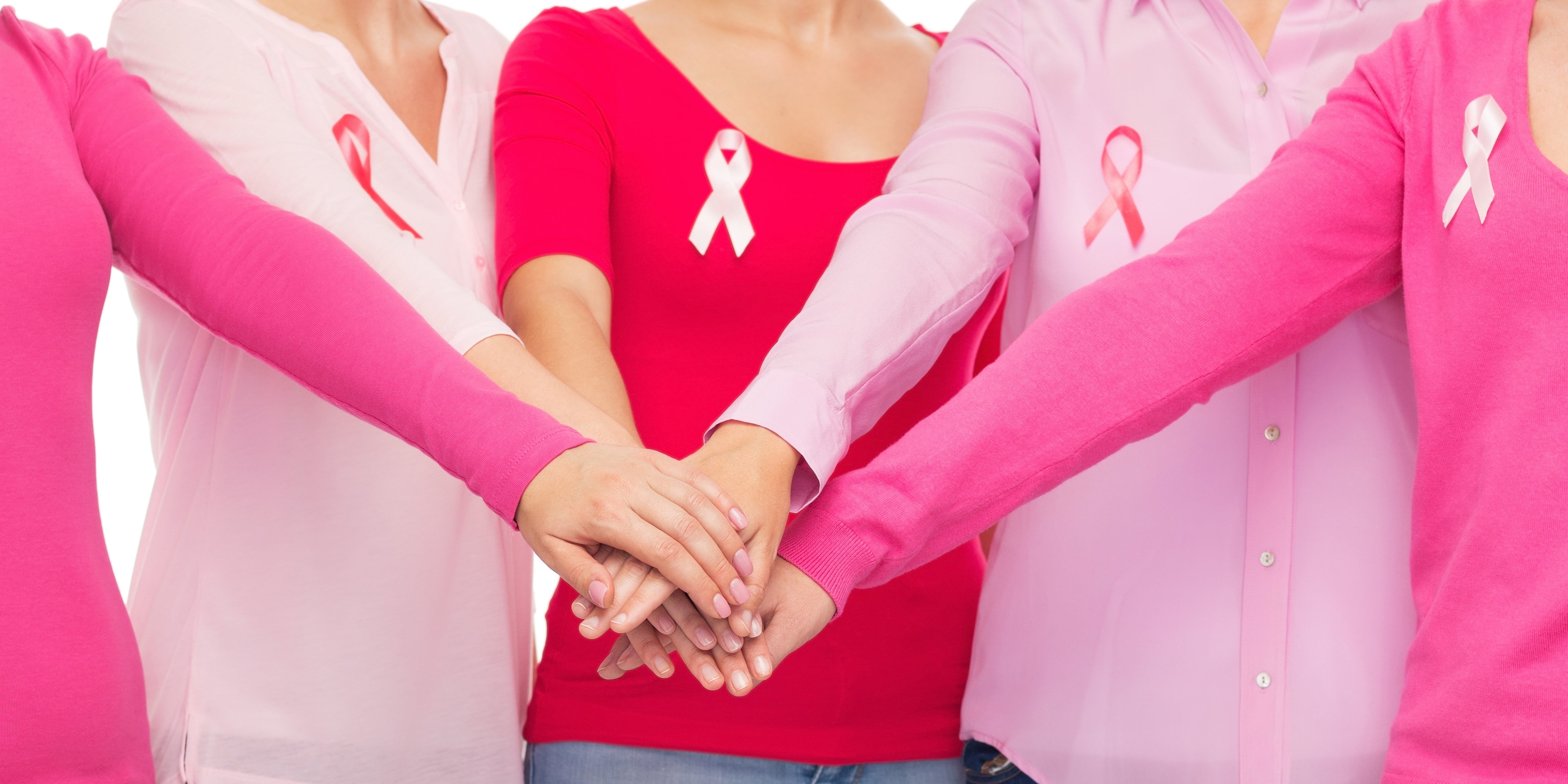
5 Myths of Breast Cancer
Breast cancer has one of the highest incidences in women. When it comes to breast cancer, there are many myths that surround it. In this article, we will be addressing the common myths regarding breast cancer.
Myths And Answers From The Experts
Myth 1: There is no history of breast cancer in my family. Therefore, I am at low-risk of developing breast cancer
Answer: If there is no history of breast cancer in your family, the risk of developing breast cancer is 5 in 100 women.
BRCA1 and BRCA2 are human genes that produce tumor suppressor proteins. Specific inherited mutations in BRCA1 and BRCA2 significantly increase the risk of breast cancer and ovarian cancer, but they have also been associated with increased risks of several additional types of cancer.
Myth 2: Wired bras/bras with steel rings will increase the risk of breast cancer.
Answer: Currently, there is no clinical research on this. There is no known association between breast cancer and wired bras/bras with steel rings. Most cases of breast cancer are caused by other factors such as lifestyle, diet, and genes.
Myth 3: Breast cancer cannot be prevented. Therefore, I do not need to take any precautions or preventive measures.
Answer: Currently, there is no way to completely prevent breast cancer. However, it is imperative to still take precautions and preventive measures to reduce the risks. Some of the ways to reduce the risk of breast cancer include:
Myth 4: Breast cancer is painful. Therefore, if I do not have any pain in my chest, there is no need to worry.
Answer: One of the most common symptoms of breast cancer is the emergence of a new lump or mass. A painless, hard mass that has irregular edges is more likely to be cancer, but breast cancers can also be tender, soft, or rounded. They can even be painful. For this reason, it is important to have any new breast mass, lump, or breast change checked by a healthcare professional experienced in diagnosing breast diseases.
Some warning signs of breast cancer include:
Sometimes, breast cancer can spread to lymph nodes under the arm or around the collar bone and cause a lump or swelling there, even before the original tumor in the breast is large enough to be felt. Swollen lymph nodes should also be checked by a health care provider.
Although any of these symptoms can be caused by things other than breast cancer, if you have them, they should be reported to a health care professional to ensure early detection.
Myth 5: I have none of the symptoms of breast cancer. Therefore, I do not need to undergo screening tests.
Answer: Although breast cancer is sometimes found after symptoms appear, many women with breast cancer are asymptomatic, therefore, regular breast cancer check-ups are important.
Different test methods can be used to find and diagnose breast cancer. If your doctor finds an area of concern during the examination (mammogram), or if you have symptoms of breast cancer, then you will need to undergo further examinations to determine if you have breast cancer. Some of the examinations include:

Wait a minute

Wait a minute